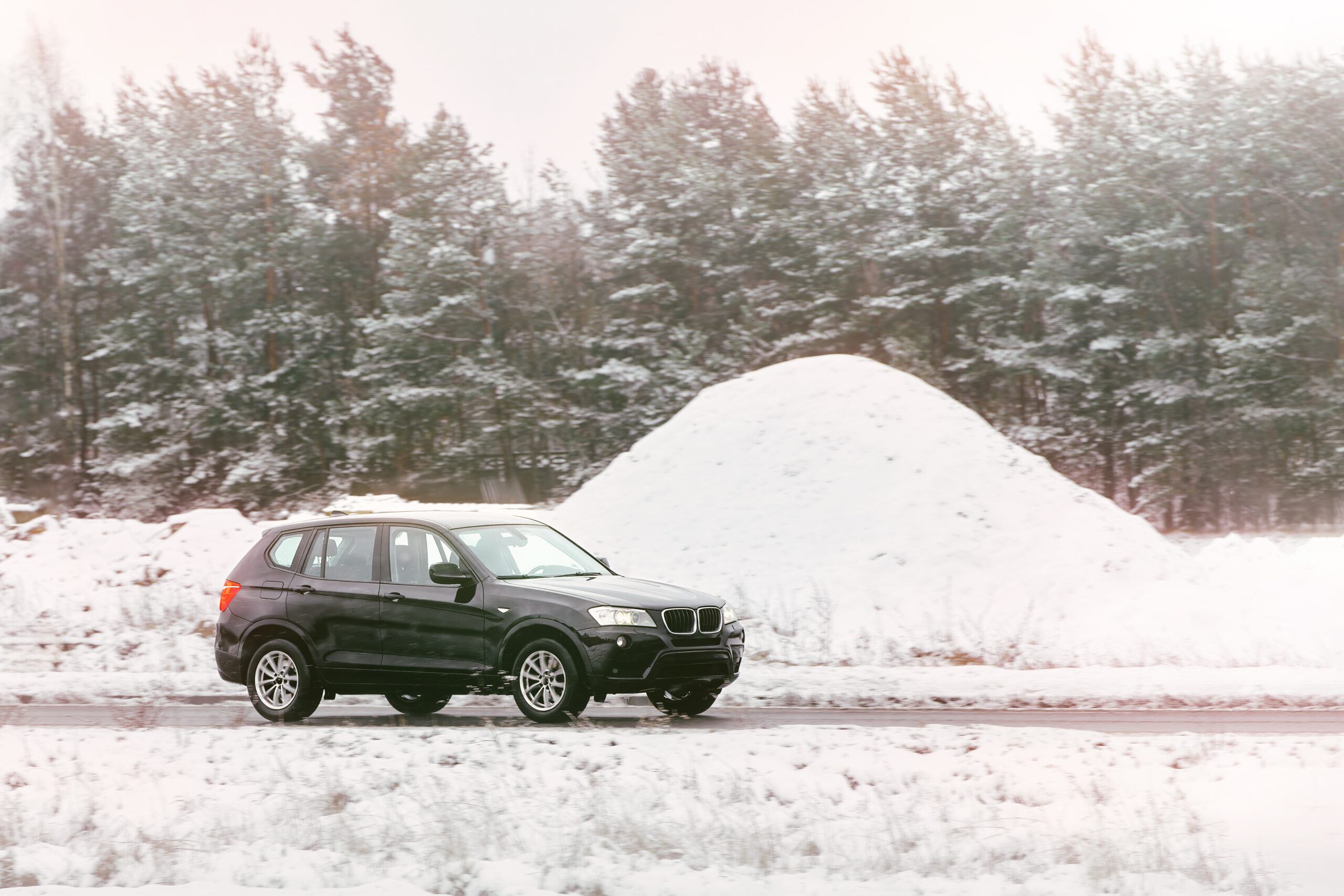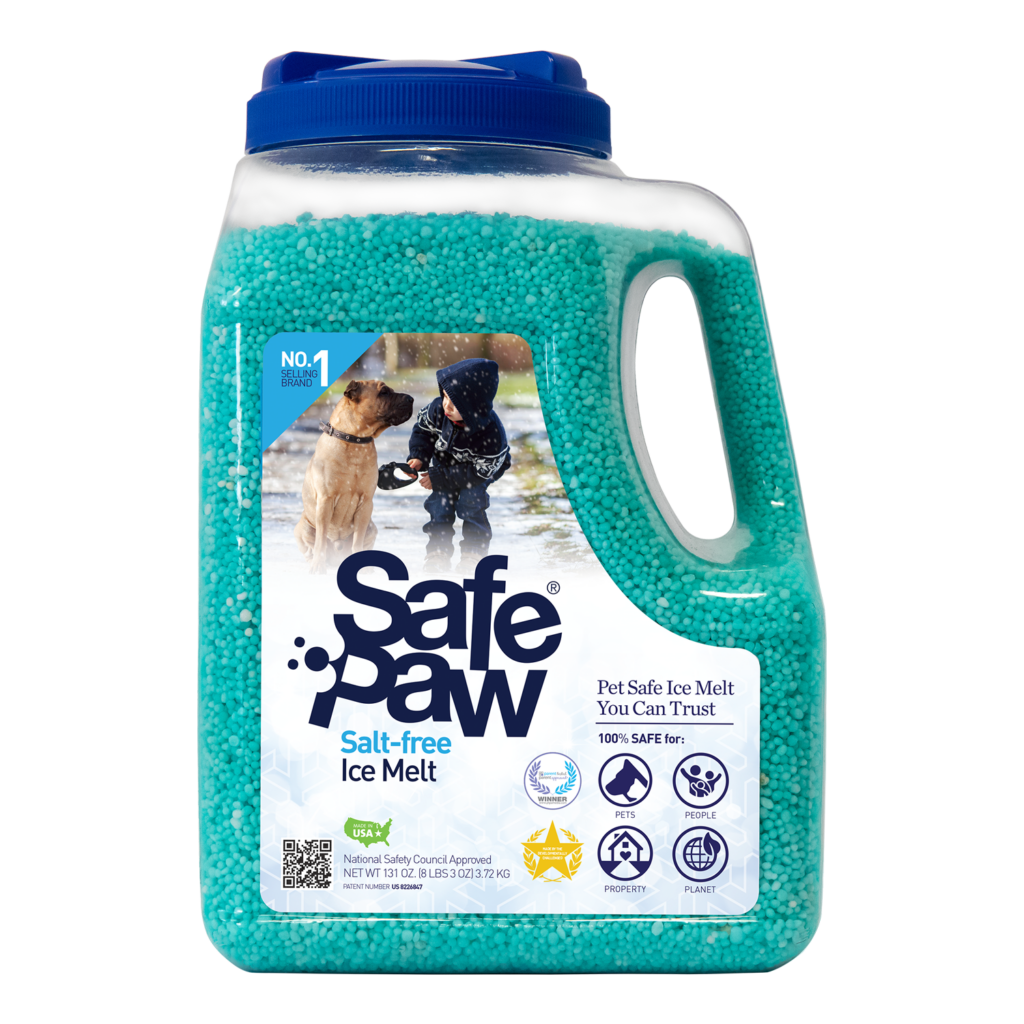Salt Story: Understanding Salt Damage to Concrete

Ah, winter. A season of snowfall, hot cocoa, and…salt. Lots and lots of salt. As picturesque as winter might seem with its blanket of snow, the aftermath of salting our pathways and driveways can be a brutal affair, especially for our concrete surfaces. It’s like that one twist in your favorite novel—unexpected and sometimes detrimental.
Get ready for winter with Traction Magic instant grip on snow and ice
Salt and Concrete: A Rocky Relationship
Ever spotted those white, powdery stains or those tiny cracks spider-webbing across your driveway or patio? Yep, that’s the handiwork of salt. When it comes to salt damage to concrete, the relationship is, let’s say, complicated.
- Chemical Drama: When salt meets water, it forms a brine that can seep deep into the concrete. As the temperature drops, this brine freezes and expands. Now, concrete is strong, but continuous freeze-thaw cycles? That’s its kryptonite. Over time, this leads to cracking, scaling, and pitting.
- Metal Mishap: Reinforced concrete with embedded metals, especially steel, doesn’t fare well with salt. The chloride in salt hastens the corrosion process, which can significantly reduce the lifespan of the structure.
- Aesthetic Agony: Beyond structural damage (salt damage to concrete), salt can stain. Those white, chalky residues are efflorescence—a result of salt pushing the soluble substances in concrete to the surface. Not really the decorative touch one aims for.
Myths Debunked: Isn’t Salt Just Melting the Ice?
Here’s where many go wrong. While salt does lower the freezing point of water, it doesn’t necessarily “melt” the ice. Instead, it turns the ice into a salty slush, which refreezes when the temperature drops again. This refreezing means more freeze-thaw cycles and, consequently, more salt on concrete damage. It’s a vicious circle.
Get ready for winter with Traction Magic instant grip on snow and ice
Magic to the Rescue: Why Traction Magic Beats Salt
Enter the hero of our story—Traction Magic. While salt battles with concrete, Traction Magic brings a peace treaty.
- Immediate Impact: Unlike the waiting game you play with salt, Traction Magic offers instant traction. Slippery surfaces? Not on its watch.
- Nature’s Best Friend: Traction Magic boasts an all-natural formula. So, whether it’s your pets frolicking around or your favorite plants lining the driveway, there’s no harm done.
- The Black Ice Buster: Where traditional methods like salt falter against treacherous black ice, Traction Magic stands tall, ensuring every step you take is safe and stable.
- Cold Warrior: Even in the intense chills of -35 degree C, Traction Magic doesn’t back down. Its effectiveness remains unmatched, come snow, sleet, or freezing rain.

In Conclusion: Choose Wisely, Tread Safely
It’s all about choices. Salt might be the traditional go-to, but its damaging effects on concrete are undeniable. Meanwhile, Traction Magic offers a safe, effective alternative that respects both your safety and the integrity of your surfaces.
So, the next time you’re gearing up for winter, take a moment to reconsider that bag of salt. Remember, every grain has consequences, but with Traction Magic in your arsenal, those consequences can be nothing short of magical.
Get ready for winter with Traction Magic instant grip on snow and ice
Other Ice Melt Products
Safe Paw
The Original and the #1 Pet and Child Safe Ice Melt for over 20 years. Guaranteed environmentally safe – will not harm waterways and sensitive wetlands. Safe Paw can change how winter affects our planet.

Safe Thaw
Imagine an ice melt you can put down and never worry about. It won’t harm pets, kids and your property. That’s Safe Thaw. Unlike anything else on the market, Ice and Snow Management You Can Trust.
